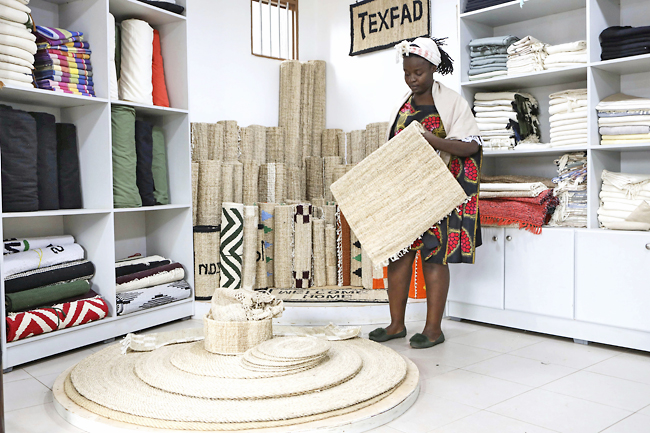MUKONO (AP) – A decapitated banana plant is almost useless, an inconvenience to the farmer who must then uproot it and lay its dismembered parts as mulch.
But can such stems somehow be returned to life? Yes, according to a Ugandan company that’s buying banana stems in a business that turns fibre into attractive handicrafts.
The idea is innovative as well as sustainable in the East African country. Uganda has the highest banana consumption rate in the world and is Africa’s top producer of the crop.
Especially in rural areas, bananas can contribute up to 25 per cent of the daily calorie intake, according to figures from the United Nations Food and Agriculture Organization.
In Uganda, eating bananas is in many ways embedded in local customs and tradition; for many a meal is incomplete without a serving of matooke, the local word for the starchy boiled mush made from banana cultivars harvested and cooked raw.

To harvest the crop, the stem must be decapitated, and in the largest plantations the scene can seem violent after a bumper harvest. The stems inevitably rot in open fields.
But local startup TEXFAD, which describes itself as a waste management group, is now taking advantage of this abundance of rotting stems to extract banana fibre that’s turned into items that would include hair extensions for women.
TEXFAD’s business manager John Baptist Okello told The Associated Press that the business made sense in a country where farmers “are struggling a lot” with millions of tonnes of banana-related waste.
The company, which collaborates with seven different farmers’ groups in western Uganda, pays USD2.70 for a kilogramme of dried fibre.
The leader of a group in the western Ugandan district of Sheema David Bangirana said only a small part of the inner stem of a decapitated plant is harvested for fibre. And the “residue is returned after machine work to the farmer for use as manure”, he said.



